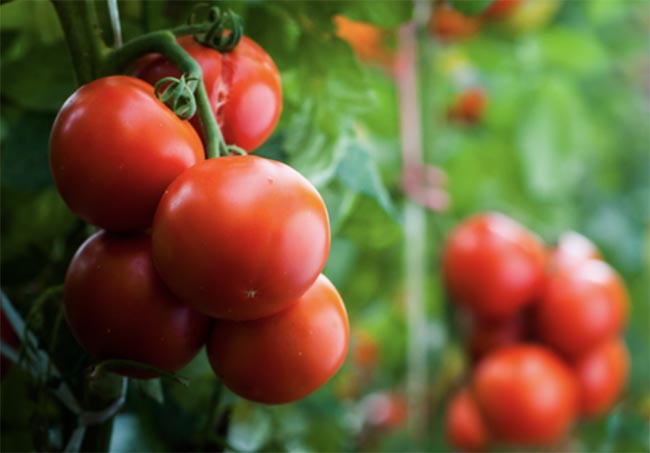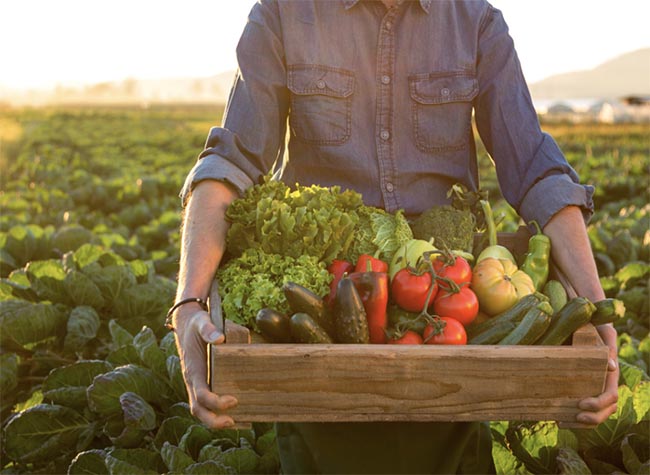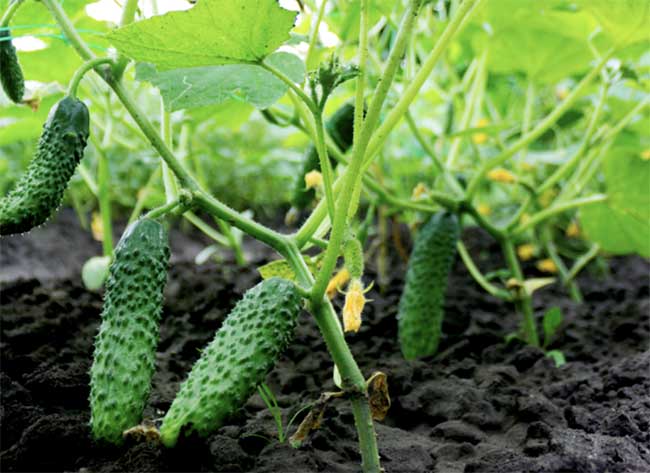
Tomatoes Growing Secrets for Maximum Yield and Strong Plants
Tomatoes are among the most popular crops to cultivate in a backyard vegetable garden. They are frequently consumed raw in salsas, salads, and sandwiches. Additionally, tomatoes can be simmered in sauces, soups, stews, and chilis.
We can never get enough garden tomatoes or tips on how to grow the best crop in your backyard! While growing tomatoes isn’t inherently problematic, some common problems must be avoided. Here are our top 10 tips for growing loads of trouble-free tomatoes in that regard, along with a few tips for improving tomato nutrition for a larger yield.
Get Suitable Quality Seedlings.
If you buy seedlings, be sure they are from a reliable supplier. The most well-liked tomato varieties that thrive in your region will be available in your neighborhood nursery greenhouse.
Look for tomato plants that are small, strong, and in good health. Compared to larger plants, smaller plants are more tolerant to transplanting. Aim for plants 4 to 8 inches tall with solid stems and vibrant foliage.
Examine the leaves for pests and illness. The color of healthy foliage will be uniform; avert plants with yellow, spotty, wilted, or curled leaves. Due to their stress, these plants might not adapt well to their new environment.
Plant the Seedlings Deep
If the stem of a tomato plant is covered in soil, it might develop roots along some of the stems. Your plants’ root systems become stronger and can better absorb nutrients, minerals, and moisture if their roots are healthy. Strong roots will also aid in anchoring your plants, enabling them to survive strong winds and rain.
Weeds should be pulled out of your garden beds, and completed compost should be generously added. Organic matter, nutrition, and moisture retention are all added by compost to the soil.
Water Frequently
Watering should always be done consistently. Even soil moisture is ideal for tomatoes. It is best to use drip watering because it keeps the foliage dry. One to two inches of water each week is ideal, but plants could require more water in really hot weather.
Mulch can help keep moisture from evaporating under the plants. Although straw mulches are preferred, you can also use leaves or wood chips if you’d like.
Prune for Healthy Plants
The amount of pruning required while producing determinate tomatoes is minimal. All that is necessary to ensure proper ventilation is removing branches close to the soil’s surface.
Vining plants called indeterminate tomatoes bear fruit all season long and keep growing, setting, and ripening. These kinds require a little more effort. They frequently generate sucker shoots, also known as axillary buds. Removing them gives the plant better airflow and won’t be top-heavy.
Pinch off flowers as they appear until your plant is big enough to support fruit. Give it time to grow so it can bear the weight of several luscious tomatoes.
Keep the Soil and Compost Warm.
Tomatoes grow best in warm temperatures. They dislike cold “feet” and cannot stand frosts. Before planting, warming the soil enhances early root development and helps the plants get off to a better start.
It’s a tomato-growing tip that many gardeners only sometimes take into account. Cover the soil in black biodegradable sheet mulch or black plastic sheeting for two weeks to warm the soil before planting your tomato crop.
The plastic warms the soil by absorbing solar radiation. Cut holes in the sheeting and plant the tomatoes directly through it, or leave it in place for a few weeks and then remove it before planting. In the latter case, the plastic aids in weed management throughout the growing season.
Space the Plants Well
According to Backyard Gardeners Network, how far apart to plant tomatoes can vary depending on the type of tomato you are planting. For instance, Indeterminate tomato plants being bigger than determinate ones will need more space to grow. Two feet between the plants is often sufficient, but some varieties require more space, up to three feet.
Keeping your tomato plants well-spaced allows for good airflow. It also reduces or eliminates the risk of plants developing a fungal infection, a case typical in hot and humid areas. In addition, good aeration keeps your tomato plants healthy, fostering productivity.
Feed the Tomatoes Plants
Tomatoes consume a lot of food. They are, after all, producing a ton of fruit. The key elements that tomatoes need are nitrogen, phosphorus, and potassium, as well as the minor nutrients calcium and magnesium, which are essential but in lesser quantities.
Here, maintaining balance is essential, and understanding when and how to fertilize is also crucial. It is advised to fertilize tomatoes with a mixture that has little nitrogen, some potassium, and little phosphorus.
When planting tomatoes, give them a head start by incorporating some fertilizer into the ground in the planting hole so that roots will have easy access. If you prefer homemade fertilizer, consider including blood meal, bone meal, worm castings, and powdered eggshells. This mixture offers an immediate source of water-soluble nitrogen (blood meal). It guarantees the availability of phosphorus for strong roots (bone meal).

